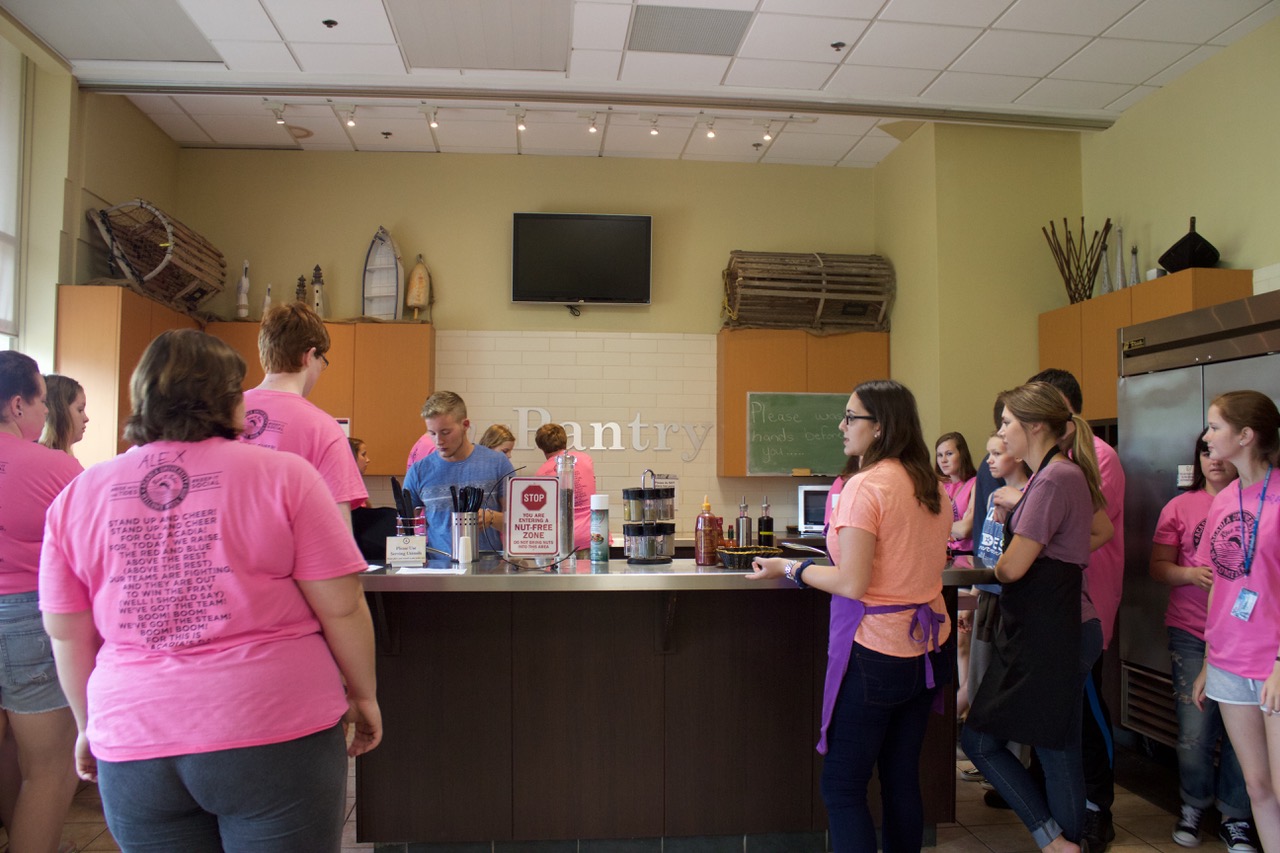Donna Strickland, a Canadian laser physicist, has become the first woman in 55 years to receive the Nobel Prize for physics. She is also the first Canadian woman honoured with this prize, and the third woman in history to ever receive said award.
Although she believed the call from Sweden notifying her of her award at 5am was a prank, Dr. Donna Strickland, along with her colleagues, Arthur Ashkin and Gerard Mourou, were in fact awarded the Nobel Prize in physics for their contribution to the field of laser physics: their development of a new technique called Chirped Pulse Amplification (CPA). Prior to Strickland and her team’s research in the 1980s, there was a peak intensity limitation for lasers due to the inability of an amplifier to accommodate a high-power intensity as a short pulse, as this would create an explosion. This meant that you could either have a short pulse laser or a powerful laser, but Strickland’s team aimed to create a laser that could be both short pulse and powerful, without blowing anything up.
By initially chirping and stretching the pulse, it can be amplified to saturation without increasing the peak power to the point of overwhelming the amplifier, this is followed by the restoration of the original pulse width by an optical compressor to create a short, but still powerful, energy pulse. CPA allowed scientists to produce shorter and more intense laser pulses than ever before, and has found applications in industries such as medicine, including use in cancer therapy and corrective eye surgery.
Strickland acknowledged that her award marks an important milestone of the progress for women in science, since the last female winner of Nobel Prize in physics, Maria Goeppert-Mayer, was awarded in 1963. Maria was not paid for most of her work as a scientist and was not given the same opportunities male scientists were provided at the time. Marie Curie was the only other woman to receive this award in 1903 for her work in radiation, who was only nominated for the award due to her husband’s insistence to the French Academy of Sciences that she be included in his nomination.
Strickland commented that women had come a long way since then, as she had always felt that she had been treated and paid the same as her male counterparts in the field. Despite this progress, negative comments are still being made about women’s role in the scientific community. Just prior to Strickland’s award, Professor Alessandro Strumia claimed that “physics was invented and built by men […]” during his presentation on gender and high energy physics.
Strickland was surprised that she was only the third woman to receive said prize, but the reality is that between 1901 to 2017, only forty-eight women, compared to 892 men had been awarded a Nobel Prize. A disparity remains, but with more and more women entering STEM fields in recent years, hopefully this gap will close.
Strickland, a Guelph native, now oversees the ultra-fast laser lab at the University of Waterloo, with research interests in ultrashort pulse generation through multi-frequency Raman generation, a two-colour fiber laser system for mid-infrared generation, and self-focusing in crystalline lenses. Strickland has taught as an associate professor at the university since 1997 and passes on her passion for physics to her students.
Laura Porter-Muntz is a fourth-year Biology (Co-op) student and the Science Editor of The Athenaeum





Thought you might be interested that Donna Strickland’s father graduated from Acadia in the 1940’s before his graduation from Nova Scotia Tech in Electrical Engineering.
Donna is my sister and together with our brother, Rob, we have many fine memories of our vacations to Nova Scotia to visit our family there.